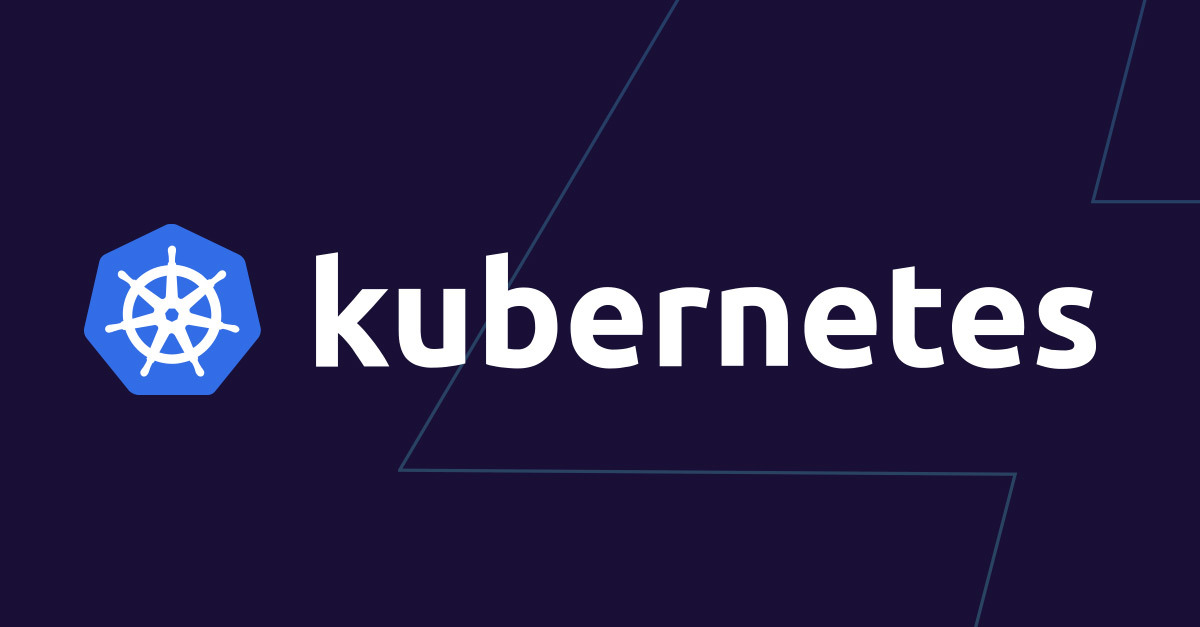Key Kubernetes Volume Types
- EmptyDir
- This volume is created when the pod is assigned to a node and is initially empty. The data stored in an
emptyDirvolume exists only for the lifetime of the pod. - Use Case: Temporary storage, such as scratch space for processing data, where data can be safely discarded once the pod is deleted.
- This volume is created when the pod is assigned to a node and is initially empty. The data stored in an
- HostPath
- This volume mounts a directory or file from the Kubernetes node’s filesystem directly into the pod. It provides access to data on the host node, but if the pod is moved to another node, it won’t have access to that data.
- Use Case: For accessing node-specific files or directories, such as logging or caching, but not recommended for stateful applications because it’s node-dependent.
- PersistentVolumeClaim (PVC)
- PVCs are requests for persistent storage that utilize PersistentVolumes (PVs) in the cluster. PVCs abstract storage from the pod and allow data to persist beyond the pod’s lifecycle. Administrators create PVs, which represent actual storage resources (such as NFS or cloud storage).
- Use Case: For applications that need persistent data storage, such as databases, ensuring that data survives beyond pod restarts and even pod deletion.
- ConfigMap and secret
- ConfigMaps and Secrets are Kubernetes resources designed to manage non-sensitive and sensitive configuration data, respectively. Both can be used as volumes to inject this data into a pod.
- Use Case: Ideal for storing configuration files, environment variables, or sensitive information (e.g., API keys or passwords) separately from application code.
- Nfs (Network File System)
- NFS volumes allow you to mount a Network File System (NFS) into your pod. NFS storage can be shared among multiple pods and accessed by different nodes in the cluster.
- Use Case: Shared storage across multiple pods or applications, often for legacy systems that require NFS.
- Cloud-provider-specific volumes
- Kubernetes supports various cloud provider volumes that allow integration with managed storage services. These include:
- awsElasticBlockStore for AWS EBS volumes
- gcePersistentDisk for Google Cloud’s persistent disks
- azureDisk for Azure managed disks
- Use Case: Persistent storage in cloud environments, typically for databases, stateful applications, or workloads that require scalable, highly available storage.
- Kubernetes supports various cloud provider volumes that allow integration with managed storage services. These include:
- CSI (Container Storage Interface) Volume
- CSI volumes are a flexible, standard interface for Kubernetes to interact with external storage providers. This allows for integration with various third-party storage solutions without custom integrations for each provider.
- Use Case: Connecting to external storage providers, such as NetApp, Portworx, or any CSI-compliant storage system, allowing Kubernetes to work with a wide array of storage solutions.
- Projected
- A
projectedvolume combines multiple other volume sources into a single volume in a pod. For instance, it can merge data from a ConfigMap, Secret, and Downward API. - Use Case: Useful when you need to unify data from different sources, such as application configurations, credentials, and Kubernetes metadata, into a single location for easier access.
- A
- DownwardAPI
- The Downward API allows Kubernetes to expose metadata about a pod (such as its name, labels, and annotations) to containers within that pod through a volume.
- Use Case: For applications that require access to pod-specific metadata, such as monitoring tools or applications that need to configure themselves based on their environment.
- Ephemeral (Volume type)
- Ephemeral volumes are temporary storage resources that are created along with the pod and deleted once the pod stops. They are typically used in stateless applications or short-lived tasks.
- Use Case: For temporary storage needs where data does not need to persist beyond the lifetime of the pod, such as for caching or processing temporary files.
- csi (Custom Storage Interface) Volume
- The CSI (Container Storage Interface) volume type allows Kubernetes to access third-party storage solutions directly through the CSI standard. It enables a consistent, unified way to use external storage providers.
- Use Case: Integrating with advanced or proprietary storage systems, such as those offered by enterprise providers like NetApp, Dell EMC, and Pure Storage.
How Volumes Work in Kubernetes
To use a volume in a pod, you define it within the pod specification. The pod’s containers can then mount the volume, gaining shared access to the data. For volumes that need persistence beyond the pod lifecycle, such as persistentVolumeClaim, you first create a PersistentVolume (PV) in the cluster and then attach it to the pod through a PersistentVolumeClaim (PVC), which manages the request for storage.
Benefits of Using Volumes
- Persistence: Volumes enable data to persist beyond the lifecycle of individual containers, which is essential for applications that require long-term storage.
- Data Sharing: Volumes allow containers within a single pod to share data easily, which is helpful for applications needing inter-container communication.
- Flexibility: Kubernetes supports multiple volume types to meet different needs, from short-lived, ephemeral storage to durable, multi-cloud storage solutions.
Limitations of Volumes
- Node Dependency: Volumes like
hostPathare tied to the node, which means data may not be accessible if the pod is rescheduled to a different node. - Ephemeral Nature of Some Volumes: Certain volumes (like
emptyDir) are deleted along with the pod, making them unsuitable for applications needing persistent storage. - Complex Configuration: Managing persistent volumes, especially across multi-cloud or hybrid environments, can be challenging and may require additional setup or integration with third-party storage solutions.



